
The Adelaide Tech Days Seminar will be held at Innovation House, Technology Park in Adelaide on Friday the 23rd March. Lunch will be provided and you are invited to attend as many presentations as your schedule allows. Attendance is free but spaces are limited, please register using the form at the bottom of this page.
Presentations
‘UNDER THE HOOD OF ADVANCED STATIC ANALYSIS’ - by Dr. Paul Anderson (GrammaTech)
‘SAFETY & SECURITY FOR AUTONOMOUS DRIVE’ - by Dr Howard Wang (RTI)
‘GUARANTEEING SOFTWARE QUALITY THROUGH FORMAL VERIFICATION’ - by Eric Perlade (AdaCore)
‘MULTI-CORE AND THE CHALLENGES OF CERTIFICATION’ - by Kiran Kumar (Wind River)
‘ENABLING THE USE OF GPUS AND SOCS IN SAFETY CRITICAL AVIONICS SYSTEMS’ - by Lee Brown (CoreAVI)
‘DEVELOPING AUTONOMOUS SYSTEMS WITH MATLAB AND SIMULINK’ - by Alex Shin (MathWorks)
‘CODE-BASED SECURITY FOR THE INTERNET OF THINGS’ - by Dr. Paul Anderson (GrammaTech)
WELCOME & INTRODUCTION
Presenter: John Salerno (Dedicated Systems)
Time: 8:45 am
‘UNDER THE HOOD OF ADVANCED STATIC ANALYSIS’
Advanced static analysis tools are now widely accepted as essential tools to help software engineers develop high quality code. These tools are designed to be capable of exploring all possible executions of a program, so can examine vastly more program states than can be covered by traditional testing. The number of possible program states is extraordinarily large even for very simple programs, so the tools must use sophisticated analysis techniques if they are to work on real-world programs. These techniques are designed in a way that allows a user to make a three-way trade-off between performance, precision, and recall.
Static analysis users can increase the value they get from these tools if they have a good understanding of how to tune the tools to strike the right balance between these factors. This presentation will describe some of the principles of advanced static analysis including flow-, context-, and path-sensitivity, and outline some of the innovative algorithms that the tools use to achieve scalability to multiple millions of lines of code. The presenter will demonstrate how static analysis users can change tool parameters to help them get the most out of their tool. Finally, examples will be provided to show how an end user can customize these tools in order to find domain-specific properties.
Presenter: Dr. Paul Anderson (GrammaTech)
Dr. Paul Anderson is VP of Engineering at GrammaTech. In this role, Dr. Anderson is actively involved with industry regulatory requirements and software best practices for which static analysis techniques, via source or binary analysis, can be used to find and eliminate software defects that impact quality and security. He received his B.Sc from King’s College, University of London, and his Ph.D. from City University London. His research has been reported in numerous articles, journal publications, book chapters, and international conferences. Dr. Anderson is a senior member of the ACM, and has been with GrammaTech since 1991.
Time: 9:00 am
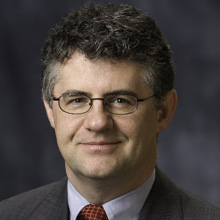
‘SAFETY & SECURITY FOR AUTONOMOUS DRIVE’
Autonomous vehicles are complex systems that combine vision, radar, LIDAR, proximity, sensors, GPS, mapping, navigation, planning and control. Additionally, these components must combine into a reliable, secure system that can analyse complex environments in real-time and respond to chaotic environments, such as operating in rush hour traffic. As a result, autonomy is an extreme technical challenge. With the growth of autonomous driving, the automotive industry now requires technical capabilities, such as high-performance computing, in-vehicle communications, cloud-based applications and advanced data processing, while still meeting the highest safety and security requirements.
RTI Connext® DDS software accelerates the design and development of such autonomous systems by providing an efficient path from prototyping to production and safety certification. RTI’s connectivity software provides a data-centric architecture that meets the demanding requirements of level 3 to level 5 automation, while also providing the flexibility of an established standard that can meet the wide ranging, and still developing, use cases of the industry. RTI has more than a dozen autonomous vehicle customers, including cars, trucks, and even autonomous air taxis, who are beyond the research stage and entering final proof-of-concept or full production-track status.
This talk will present an overview of the software architecture underlying autonomous vehicle systems, discuss the safety and security requirements such as ISO 26262 and DO-178C, and show how RTI’s software products address the needs of this exciting new industry.
Presenter: Dr Howard Wang (RTI)
Dr Howard Wang (RTI) has been with RTI since 1996 and is responsible for expanding the adoption of DDS in the Asia Pacific region. He is an expert in embedded real-time systems specialising in network communications and systems integration. Howard has consulted with the NASA Kennedy Space Center in helping to rewrite the launch and processing software for the Space Shuttle and next generation launch vehicles for the US space program. He holds a PhD and an MS in Aeronautics and Astronautics from Stanford University, as well as BSEs in Aerospace and Computer Engineering from the University of Michigan. Howard has authored several papers presented in international journals and conferences.
Time: 9:50 am
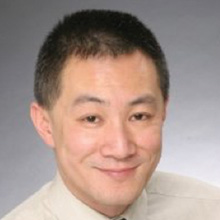
‘GUARANTEEING SOFTWARE QUALITY THROUGH FORMAL VERIFICATION’
With an increasing number of systems driven by embedded software performing critical functions, there is a requirement for strong techniques and tools to reach the expected level of quality. Exhaustiveness is the Achilles heel of software testing, and, as a result, formal verification is gaining traction in the industry. Once the domain of researchers and experimental projects, formal methods are now within easy reach.
This presentation will cover the industrial-ready solution based on the Ada language to write safe and secure embedded software. Ada 2012, with programming by contract paradigm, opens doors to formal verification. Examples will be used to show how from the lowest level of writing drivers to the highest level of safe tasking, a programming language can make the difference. Integrating dynamic testing and formal proof will also be discussed leading to the incremental adoption of formal methods.
Presenter: Eric Perlade (AdaCore)
Eric Perlade is a Technical Account Manager at AdaCore. He is responsible for providing technical assistance, training and consulting services to AdaCore’s customers. As a software engineer and aerospace enthusiast he started his career working for Airbus France developing critical software for hard real-time systems. Eric holds a Masters Degree in critical software engineering from Université Paris 7 as well as a pilot licence.
Time: 10:50 am
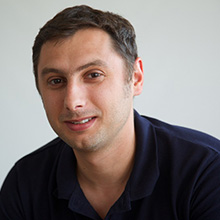
‘MULTI-CORE AND THE CHALLENGES OF CERTIFICATION’
With wide availability and continual reduction in size, weight and power (SWAP), multi- core processors have become extremely attractive for use in avionics systems. Implementing a solution using a multi-core platform adds complexity and certification obstacles that are not present in uni-core processor implementations. Achieving safety certification of a multi-core system requires close collaboration between the avionics developers, semiconductor vendors and regulatory agencies, as evolving certification policies and guidance include both hardware and software aspects of certification. This session will cover the work done by Wind River to implement a COTS ARINC 653 solution for multi-core and provide guidance to the service providers on the issues that must be addressed in order to understand the potential benefits and certification limitations of multi-core solutions.
Presenter: Kiran Kumar (Wind River)
Kiran Kumar is a Field Application Engineer at Wind River. He has over 21 years of experience with embedded software and systems spanning industries such as Aerospace and Defence and Industrial Automation. His current work includes assisting customers in architecting safety systems in a number of avionics platforms. He has previously worked at GE Fanuc Automation where he was responsible for commissioning safety systems for power plants, refineries and to other process control applications. He’s also worked in technical roles at GE Intelligent Platforms (Now Abaco), Mistral Solutions (Channel Partner for Curtiss Wright and Wind River) and he has extensive experience in systems engineering, troubleshooting, and the provision of consulting services. Kiran has both a Masters of Technology Degree in VLSI & Embedded Systems from Visvesvaraya Technological University and MBA from KSOU, India.
Time: 11:40am
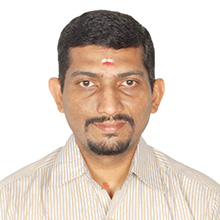
‘ENABLING THE USE OF GPUS AND SOCS IN SAFETY CRITICAL AVIONICS SYSTEMS’
There is a growing and significant demand for the deployment of safety critical compute and graphics technologies in aerospace and defense applications. Next generation mission computers, flight displays, synthetic vision and UAV platforms require advanced graphics and compute capabilities that can be most effectively be achieved by utilizing modern graphics processors. CoreAVI is the world’s leading supplier of safety critical graphics and compute drivers, hardware IP and certification data packages that enables the use of advanced graphics and system-on-chip processors in the military and avionics markets.
Today, their solutions have been certified to the highest levels of safety certification and are flying in military and commercial avionics display systems worldwide. This presentation outlines CoreAVI’s product portfolio, including their COTS-D (DO-254 hardware IP), and safety critical video, graphics, and compute drivers that enables the latest GPUs/SoCs to be used in avionics systems. New open standards and GPUs/SoCs to support future display and compute system capabilities will be explored.
Presenter: Lee Brown (CoreAVI)
Lee currently holds the position of EVP Products and Services at CoreAVI. He has 35 years of experience holding a wide range of Engineering, Engineering Management and Business Management positions at companies developing and supplying real-time, embedded, systems, hardware and software products in to the global military and aerospace markets. Prior to joining CoreAVI, he was the Business Unit Director at Curtiss-Wright, responsible for the development and supply of industry leading COTS products including graphics, SBCs, switches and other embedded products.
Time: 1:15pm
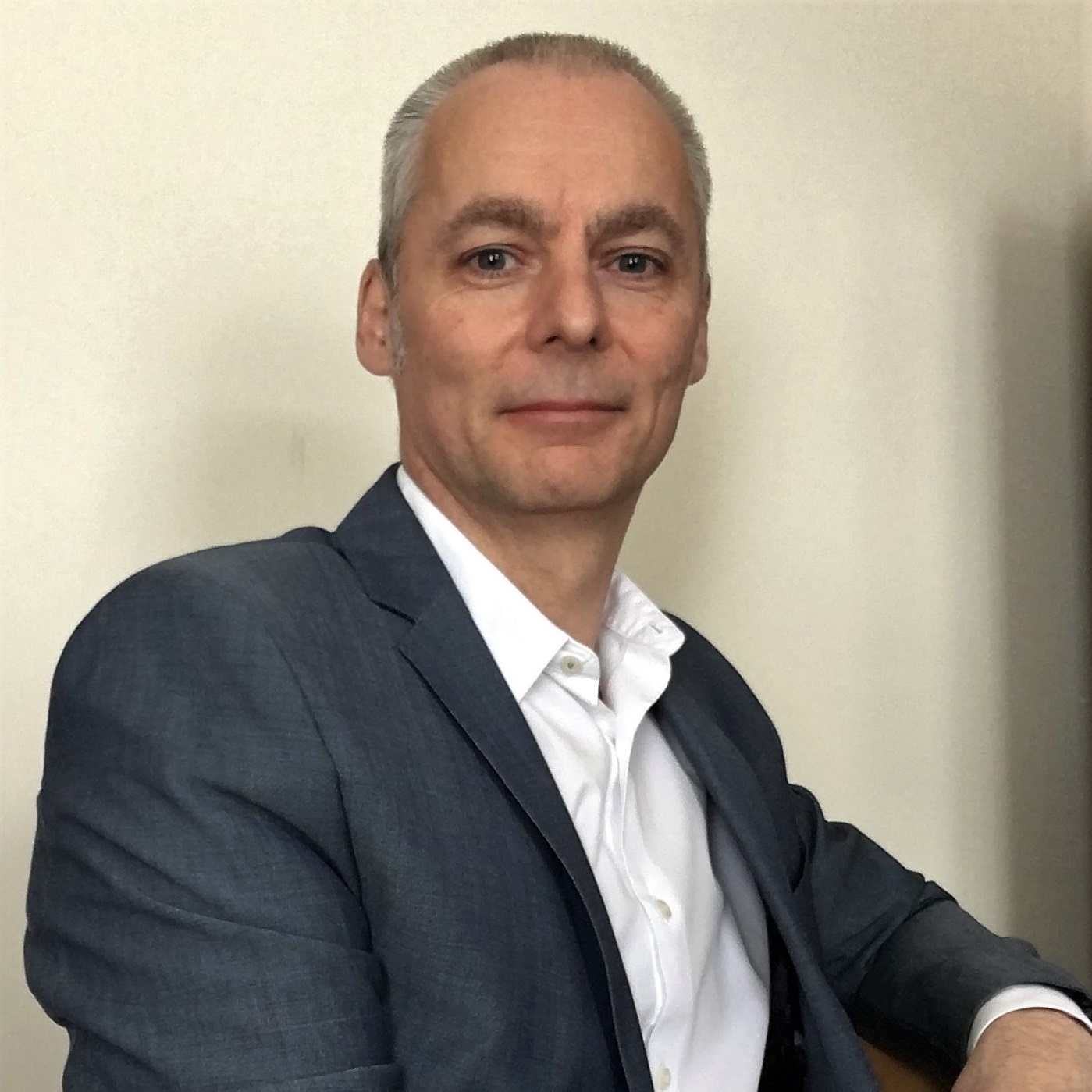
‘EFFECTIVE REQUIREMENTS MANAGEMENT AS A FOUNDATION FOR ALM’
It is common for organisations to manage their requirements in some disconnected way. Excel spreadsheets, Word documents, standalone / isolated requirement tools to name a few. This disconnection from the rest of the product lifecycle means they have no power to influence design towards compliance. As a result, when requirements or design change it is difficult to assess the impact, connection, or risk which often means you end up in the wrong place and areno longer compliant. This session will demonstrate how Polarion ALM enables a modern, web based, fully traceable software development lifecycle based on a solid foundation – Requirements Management.
Presenter: Kevin Hansen (Polarion ALM / Siemens)
Kevin Hansen (Polarion ALM / Siemens) is the Asia Pacific Portfolio Development Executive for Polarion ALM at Siemens. He has previously served as Senior Director APAC for CollabNet overseeing sales in the region, and as a business development advisor for Hitachi Solutions where he was responsible for integrating new technologies into the Hitachi System portfolio of partner organisations. Kevin is fluent in Japanese
Time: 2:00pm
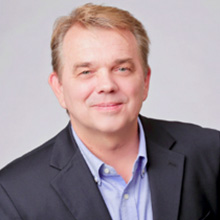
‘DEVELOPING AUTONOMOUS SYSTEMS WITH MATLAB AND SIMULINK’
Autonomous technology will touch nearly every part of our lives, changing the products we build and the way we do business. MATLAB and Simulink provide algorithms and hardware connectivity for developing autonomous systems. In this presentation, we will highlight capabilities for developing autonomous systems such as deep learning & object detection, path planning & object avoidance, and connectivity to HW platforms.
Presenter: Alex Shin (MathWorks)
Alex Shin (Mathworks) is a Senior Pilot (Software Project) Engineer at MathWorks. He specialises in helping customers in the area of simulation, verification and automatic code generation, primarily for clients in the aerospace, defence and automotive industries. His recent work includes defining verification and code generation process and implementation of Model-Based Design tools in large defence and automotive organisations. Mr. Shin received Bachelor’s degree from University of New South Wales in mechatronics engineering.
Time: 2:45pm
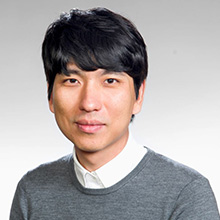
‘CODE-BASED SECURITY FOR THE INTERNET OF THINGS’
The Internet of Things holds much promise, but not without significant security risks. One of the greatest sources of risks is poor software quality that leaves the door open enough to allow attackers to take control of the device. For the foreseeable future, the dominant implementation language for these devices will continue to be C, whose unforgiving semantics permits attackers to take advantage of otherwise innocent-looking programming mistakes or inconsistencies. Such defects typically proliferate at the interfaces between devices, so it is critical that programmers be able to understand how to find and fix the sources of these problems.
Hazardous information flow analysis (aka taint analysis) tracks how potentially dangerous information from untrusted inputs can flow through the code. When computed statically, this yields a view of the code that allows programmers to understand the program’s attack surface and where there are weaknesses that an attacker could exploit. This talk will describe how this analysis works and show how it can be used to find serious security vulnerabilities that are otherwise extremely difficult to find.
Presenter: Dr. Paul Anderson (GrammaTech)
Dr. Paul Anderson is VP of Engineering at GrammaTech. In this role, Dr. Anderson is actively involved with industry regulatory requirements and software best practices for which static analysis techniques, via source or binary analysis, can be used to find and eliminate software defects that impact quality and security. He received his B.Sc from King’s College, University of London, and his Ph.D. from City University London. His research has been reported in numerous articles, journal publications, book chapters, and international conferences. Dr. Anderson is a senior member of the ACM, and has been with GrammaTech since 1991.
Time: 3:15 pm


